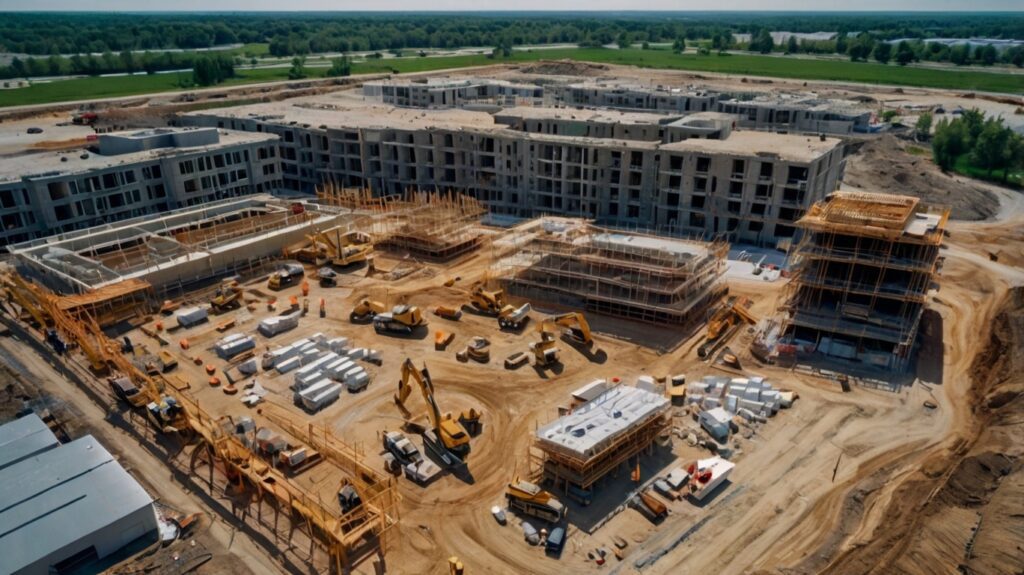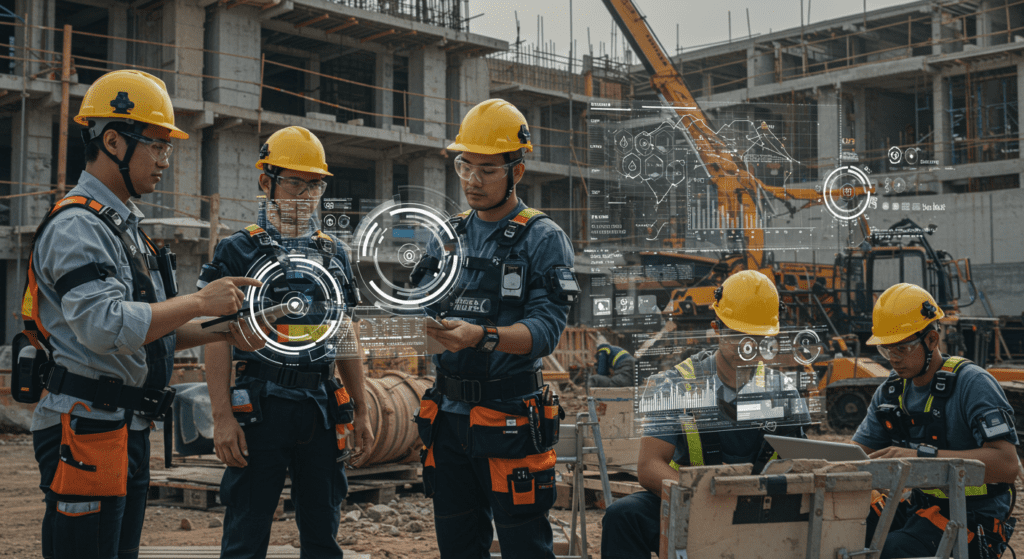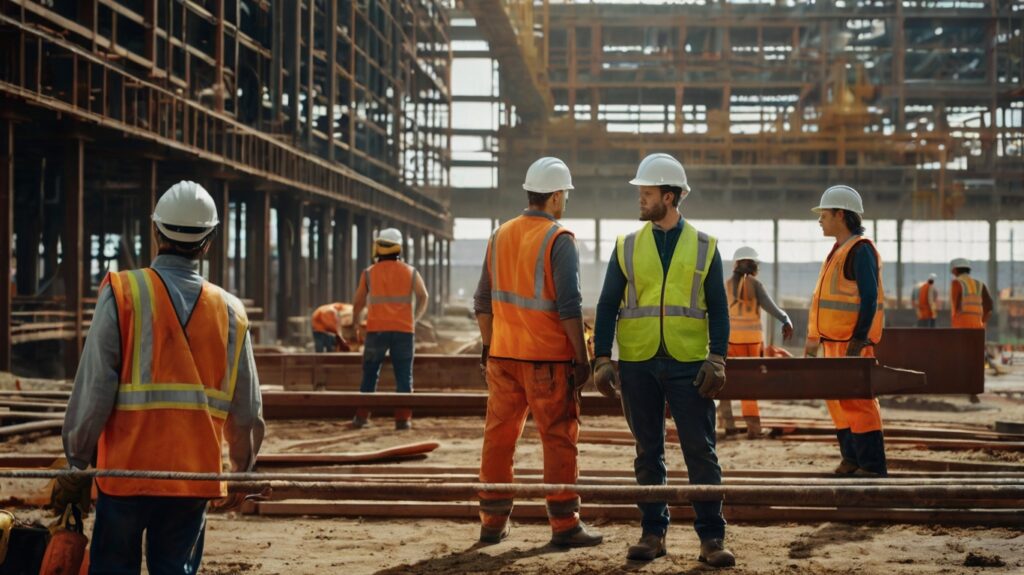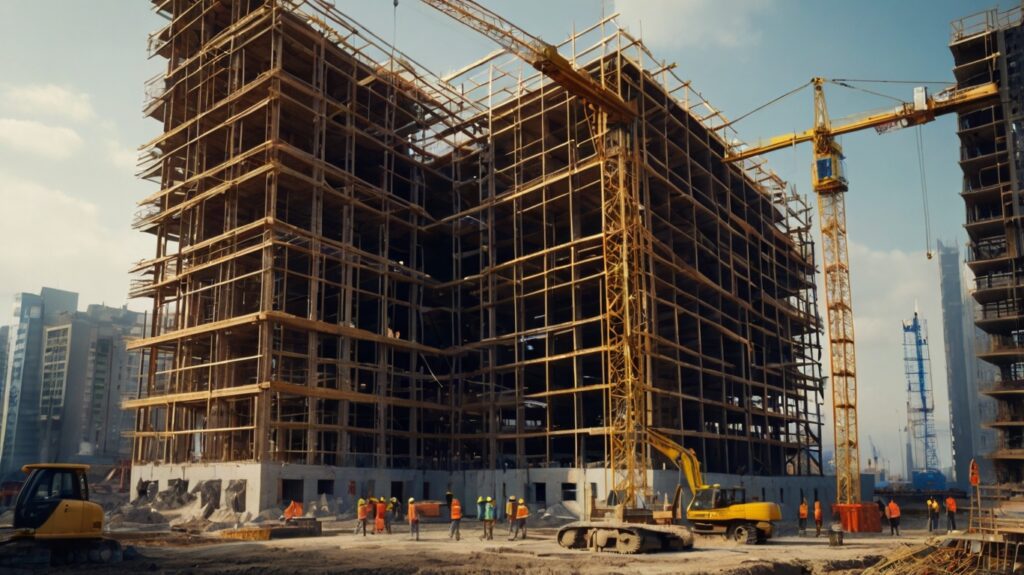- Overview of Construction Site Safety Protocols
- Identifying Common Construction Hazards
- The Role of Regulatory Compliance in Safety
- How Safety Incidents Affect Insurance Premiums
- Best Practices for Accident Prevention
- Risk Management Strategies for Construction Sites
- Financial Implications of Maintaining a Safe Work Environment
- Case Studies on Effective Safety Programs
- Future Trends in Construction Safety and Insurance Cost Management
Construction sites are inherently dynamic environments where the interplay of various operational activities can lead to significant hazards. As the construction industry continues to evolve, an increasing emphasis is placed on safety protocols not only to protect workers but also to manage and reduce insurance costs. A secure work environment helps insurers assess less risk, which can ultimately lead to lower premiums. In this article, we explore construction site safety protocols, common hazards, regulatory compliance requirements, the effect of safety incidents on insurance premiums, best practices in accident prevention, and strategies for effective risk management.

1. Overview of Construction Site Safety Protocols
Detailed safety protocols are the backbone of a well-managed construction site. These protocols include comprehensive training programs, regular safety briefings, and the use of personal protective equipment (PPE). Establishing clearly defined procedures for handling hazardous materials, machinery operation, and emergency response are all critical elements. Regular inspections, both internal and external, ensure that procedures are adhered to and identify any potential flaws in the safety system. When construction companies integrate thorough safety protocols, they not only safeguard their workforce but also bolster their reputation with insurers by demonstrating a commitment to risk reduction.
2. Identifying Common Construction Hazards
Every construction site presents a unique mixture of challenges that can lead to accidents if not properly managed. Among the most common hazards are falls from heights, being struck by falling objects, and machinery accidents. Other issues include exposure to harmful substances, electrical hazards, and slips or trips on uneven surfaces. It is crucial that managers identify and document these risks early in a project’s planning phase. Regular hazard assessments and the use of incident reporting tools help in identifying both chronic and acute risks, enabling prompt corrective measures. When hazards are systematically addressed, the frequency of accidents drops significantly, contributing to a safer work environment and, subsequently, lower insurance risk perceptions.

3. The Role of Regulatory Compliance in Safety
Compliance with local, state, and federal regulations is an essential aspect of maintaining construction site safety. Regulatory bodies such as the Occupational Safety and Health Administration (OSHA) set forth standards that construction companies must follow. Compliance with these guidelines not only prevents heavy fines and penalties but also minimizes the potential for accidents. Regulatory compliance includes regular training, maintenance of safety equipment, and periodic audits to ensure that safety standards are met. Companies that maintain strong compliance records are viewed favorably by insurance underwriters, which can help in achieving lower insurance costs. The enforcement of these rules acts as a cornerstone for implementing robust safety systems on construction sites.
4. How Safety Incidents Affect Insurance Premiums
Insurance premiums are directly affected by the number and severity of safety incidents on a construction site. Each reported incident raises the probability of future claims and a higher risk profile. Insurance companies use historical safety data to calculate risk, so even a few major incidents can lead to significant increases in premiums. Conversely, construction sites with few or no incidents are often eligible for reduced rates. Establishing a culture of safety not only protects workers but also serves as a critical component of a company’s financial strategy. By reducing the likelihood of accidents through proactive safety measures, businesses can mitigate long-term insurance costs, safeguard their profits, and maintain competitive pricing in the market.

5. Best Practices for Accident Prevention
Implementing best practices for accident prevention is a proactive way to eliminate risks. Routine safety meetings, real-time hazard assessments, and investing in state-of-the-art safety equipment contribute to reducing the chances of accidents. Furthermore, frequent training sessions ensure that workers remain aware of the latest safety protocols and procedures. A detailed incident analysis following any accident is essential; learning from past mistakes helps prevent future occurrences. Incorporating technology such as wearable safety devices and remote monitoring systems can enhance oversight on construction sites. In essence, the adoption of these best practices in accident prevention creates a safer work environment, minimizes disruption, and lowers the claims frequency, thereby reducing associated insurance premiums.
6. Risk Management Strategies for Construction Sites
Risk management is a structured approach to identifying, evaluating, and mitigating risks on construction sites. An effective risk management strategy involves the analysis of potential hazards, implementation of control measures, and continuous monitoring to ensure effectiveness. Risk assessments should be carried out periodically and whenever there are significant changes in the construction environment. Some strategies include establishing an emergency response plan, investing in high-quality safety gear, and thorough contractor vetting to ensure that all personnel meet safety standards. Diversification of risk through insurance policies and mandatory safety training can further support a construction firm’s risk management endeavors. A robust risk management framework reduces the likelihood of costly accidents, thus lowering the overall insurance costs and creating a secure environment for daily operations.

7. Financial Implications of Maintaining a Safe Work Environment
The financial benefits of maintaining a safe construction site extend beyond reducing accident-related expenses. A commitment to safety can directly impact the bottom line by lowering insurance premiums, reducing downtime due to accidents, and enhancing worker productivity. For instance, fewer accidents mean fewer disruptions in the workflow and a more consistent project timeline. Additionally, robust safety measures can lead to improved employee morale and retention, minimizing the cost associated with workforce turnover. Insurance companies recognize the financial stability of companies that manage risks effectively, often resulting in more favorable policy terms and reduced premiums. Therefore, the investments made in safety equipment, training programs, and compliance initiatives represent not only a commitment to the workforce’s well-being but also sound fiscal management.
8. Case Studies on Effective Safety Programs
Examining case studies from successful construction projects helps illustrate the tangible benefits of a strong safety program. For example, one project in a large metropolitan area implemented a comprehensive safety culture that included daily hazard assessments, real-time monitoring, and strict adherence to OSHA guidelines. Over the duration of the project, the site recorded a dramatic decrease in accidents, and insurance premiums were notably lower than industry averages. In another case, an international construction firm integrated wearable technology that tracked worker movements and alerted supervisors to potential safety breaches. Not only did this technology reduce injury rates, but it also significantly lowered the company’s insurance claims ratio. These case studies provide a roadmap for how effective safety initiatives can be practically applied, proving that lower insurance costs and a safer workplace are achievable goals.
9. Future Trends in Construction Safety and Insurance Cost Management
Looking ahead, the construction industry is poised for rapid transformation driven by advancements in technology and evolving regulatory landscapes. The integration of artificial intelligence and predictive analytics will likely play a significant role in identifying potential safety hazards before they become critical issues. This predictive capability will enable construction firms to take remedial action, reducing the frequency and severity of incidents. The use of drones for site inspections, virtual reality for employee training, and smart wearables for real-time hazard detection are other trends that promise to revolutionize construction safety practices. As these technologies mature, they will contribute to even safer construction sites and consequently lower insurance costs. Additionally, as insurance companies become more data-driven, they are expected to offer more tailored premium structures that reward proactive safety management practices. This evolution will likely result in a more symbiotic relationship between construction site safety and insurance cost management, leading to overall improvements in efficiency and reduced financial risk.

Conclusion
In conclusion, construction site safety is a critical component of the overall success of any construction project. Through rigorous safety protocols, continuous hazard identification, strict regulatory compliance, and the adoption of best practices, it is possible to significantly reduce accidents. By implementing effective risk management strategies, construction firms not only protect their workforce but also gain a financial advantage through lower insurance premiums. The investments made in safety and risk management continue to yield dividends, manifesting in a safer work environment, reduced costs, and higher operational efficiency. As the industry embraces emerging trends and new technologies, construction site safety and its impact on insurance costs will remain at the forefront, ensuring that safety remains not just a legal obligation but a strategic business decision.
